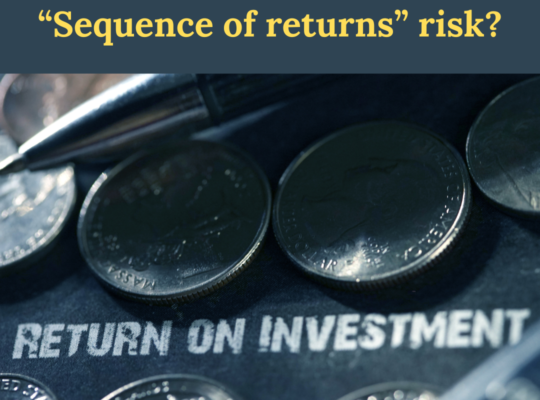
We must be precise in our retirement planning since one may be unable to return to job throughout their retirement years, and it may be far too late to fully recover from the risks of a low retirement corpus.
The three most important things to consider when building your retirement corpus are inflation-adjusted retirement costs, projected returns on your retirement corpus and life expectancy. To prevent ourselves from running out of money in retirement, we need to consider worst-case situations. We should consequently expect increased inflation, lesser returns from the corpus, and longer life expectancy. By that manner, one can prevent running out of money in retirement.
Inflation is an invisible tax that reduces the value of our money and is nearly hard to quantify. As a result, knowing how much inflation to factor into retirement planning is critical. Every person or family’s consumption basket differs from others’, and hence the degree of inflation they encounter may differ from the overall inflation rate in the economy. However, we may be unable to provide an exact estimate of future inflation for each of our family’s consumption baskets since our spending patterns may alter as we age. Hence, being basically correct requires taking into account the inflation goal set by the central bank (Reserve Bank of India) in order ensure some equilibrium. In India, the inflation target ranges from 3% to 6%. To prepare for the worst-case situation, we should go one step further and plan for retirement with 7% inflation.
When it comes to estimating returns from various asset classes, depending on historic returns to forecast future returns is pointless because past outcomes may not be repeated. Assume an asset allocation with an equal distribution of equity and debt, with an expected return of 12% for equity and 8% for debt; the weighted average estimated return will now be 10%. However, one may be mistaken, as maintaining this level of equity allocation over one’s life may be difficult. Also, returns may be lesser than projected. As our economy expands, returns from equity may slow down, as seen in other developed countries, resulting in reduced returns on stock and debt. In this case, planning with a 9% projected return from the corpus rather than 10% seems to be correct.
Finally, we need to examine life expectancy. This is one of the most difficult variables to forecast for any individual; therefore we should avoid estimating our life expectancy. Instead, as a rule of thumb, we should plan our retirement for a life expectancy of at least 85 years, taking into account medical developments and rising global average life expectancy.
To summarize, imagine what it would imply for a couple in their early 30s, who earn a post-tax income of, say, 2 lakh per month and spends 1.5 lakh. They intend to save Rs. 50,000 every month for the next 30 years for their retirement. Therefore, in 30 years, the couple would need a corpus of almost Rs. 27 crore while budgeting for 1.5 lakh in current monthly expenses, 7% inflation, 9% projected return, and an 85-year life expectancy. However, saving Rs. 50k per month would result in a corpus of only Rs. 9.22 crore at the end of 30 years, which would be insufficient for the couple to meet their retirement requirements. As a result, they must either dramatically reduce their current spending or raise their monthly savings as their income rises over the following three decades. This proactive strategy assures that they do not run out of money during retirement.





